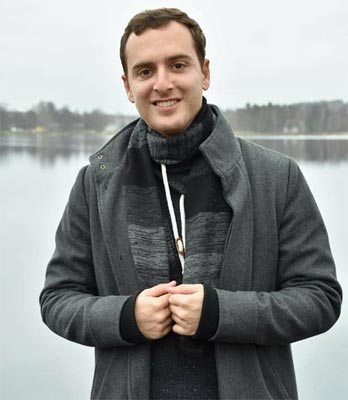 The town of Vidin situated in Bulgaria’s northwest, on the Danube River, emerged in the 3rd century BC as an ancient Celtic fortress under the name Dunonia. The Romans conquered the fortress in the 1st century AD and renamed it to Bononia. In the Medieval period it became part of Bulgaria under the name Bdin, when the First Bulgarian Empire was established by Khan Asparukh in 681. Today the Danube town preserves the cultural and historical heritage of the Roman period, the Bulgarian Middle Ages, the Ottoman period and the period after the liberation of this country from Ottoman rule. Volen Antov is Radio Bulgaria’s tour guide who takes us through the mysteries of the town. Our trip starts from Vidin’s most emblematic fortress – Baba Vida.
The town of Vidin situated in Bulgaria’s northwest, on the Danube River, emerged in the 3rd century BC as an ancient Celtic fortress under the name Dunonia. The Romans conquered the fortress in the 1st century AD and renamed it to Bononia. In the Medieval period it became part of Bulgaria under the name Bdin, when the First Bulgarian Empire was established by Khan Asparukh in 681. Today the Danube town preserves the cultural and historical heritage of the Roman period, the Bulgarian Middle Ages, the Ottoman period and the period after the liberation of this country from Ottoman rule. Volen Antov is Radio Bulgaria’s tour guide who takes us through the mysteries of the town. Our trip starts from Vidin’s most emblematic fortress – Baba Vida.
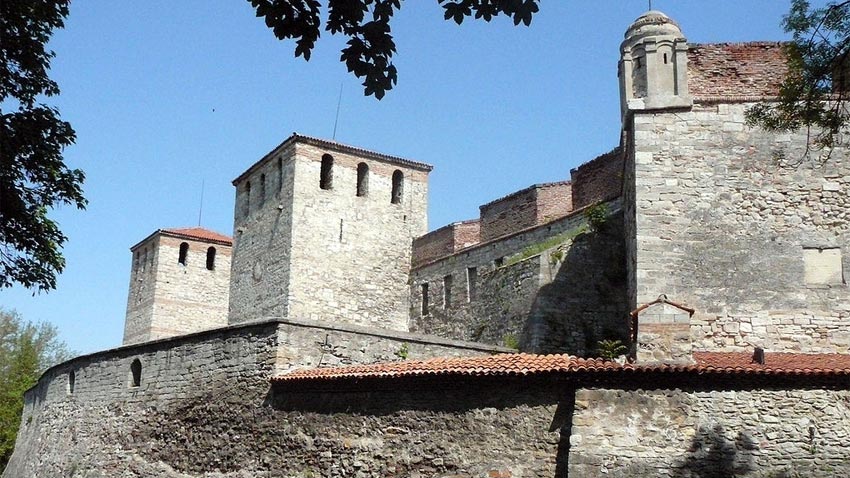
“Baba Vida is the best-preserved medieval fortress in Bulgaria. No other fortress in this country dating back from the 14th century has been preserved better than Baba Vida fortress. Besides, visitors have wonderful view over the Danube River."
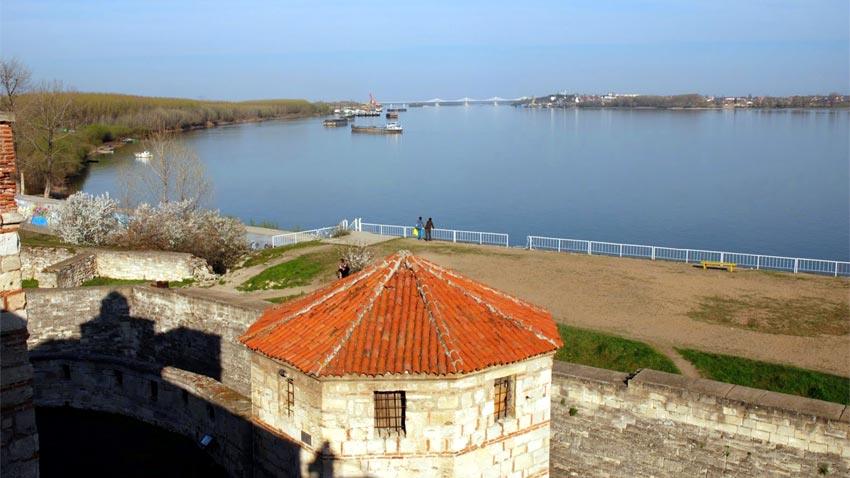
Later, we headed to the city park situated along the Danube River. It is a favorite promenade for local people in all seasons.
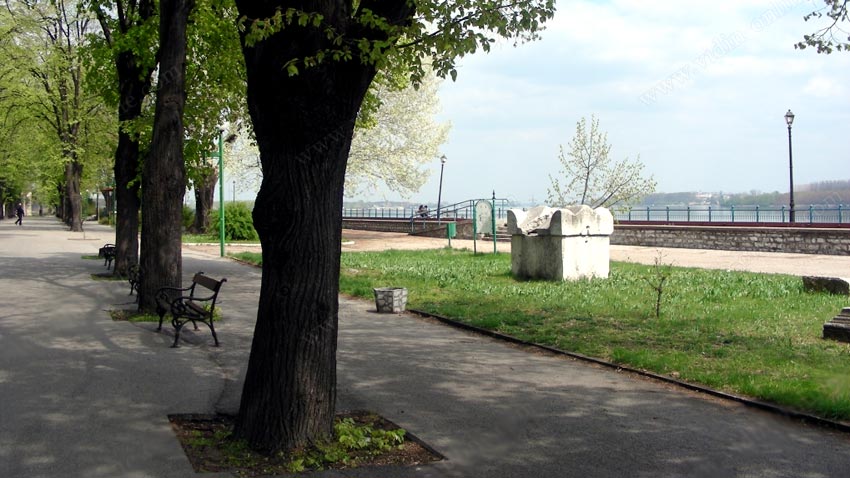
Several emblematic buildings were constructed there, including the Vidin Bishopric, the Old Turkish Post Office and the Mosque. The mosque was built by Vidin governor Osman Pazvantoğlu (1793-1807) who declared independence from the Sultan and led and independent policy. This is the world’s only mosque with an inverted heart on the top instead of the usual crescent which perhaps shows Osman Pazvantoğlu’s love for his family.
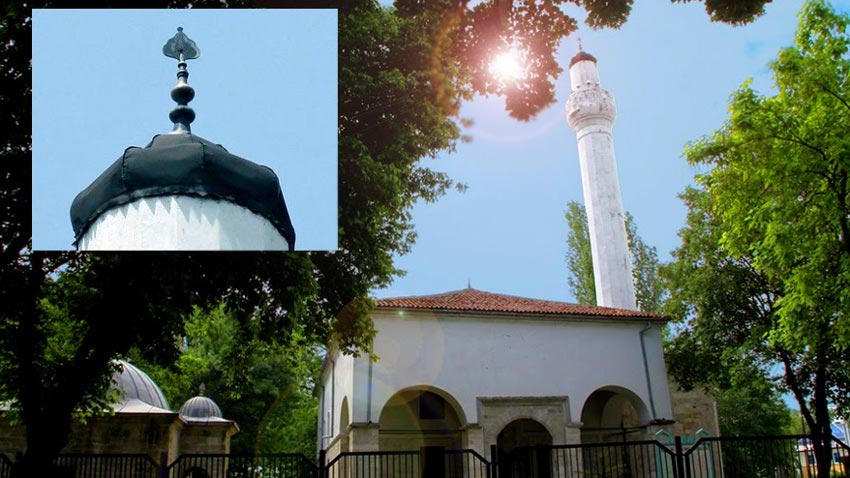
Another interesting building in this Danubean town is the Vidin Synagogue, Volen Antov says and adds:
“The Synagogue dates back to the end of the 19th century. A large Jewish community lived at that time in the town. After WW2 many people of this community left the town. The Vidin Synagogue which is Bulgaria’s second-biggest after the Sofia Synagogue has a very sad fate. It was used as storehouse for some time and later was abandoned. Now, its future looks brighter, because recently the Jewish community in Bulgaria transferred the possession to the Vidin municipality and the Synagogue can apply for financing needed for its renovation.”
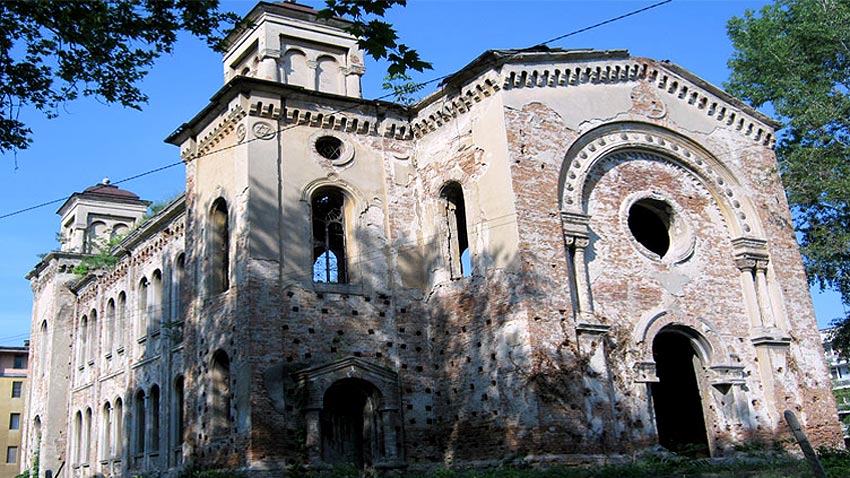
Our next stop was the central city square where visitors can see the main gate of the ancient Vidin Fortress.
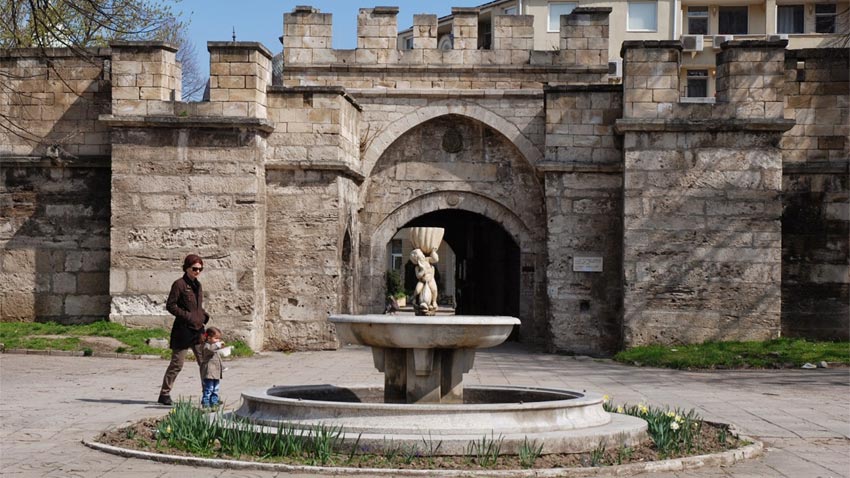
Later we visited the Saint Demetrius of Thessaloniki Cathedral which was built on the premises of the old wooden church dating back to the 17th century.
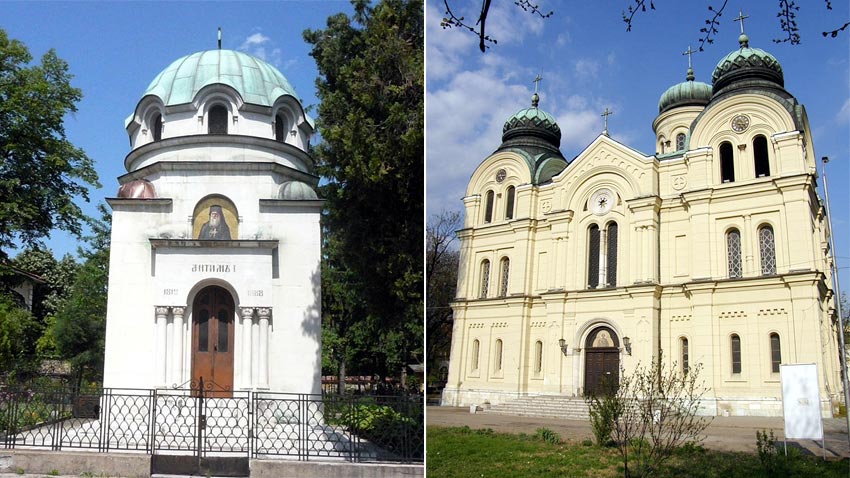
In the medieval period the town was an important corridor for transportation of goods to Europe. Today some places in Vidin remind us of that period:
“The town maintained ties with the Venetian Republic. A place called the Venetian Warehouse has been well-preserved. It consisted of underground premises situated nearby Baba Vida fortress. No water from the river ever penetrated there and the items were well preserved and protected from floods.”
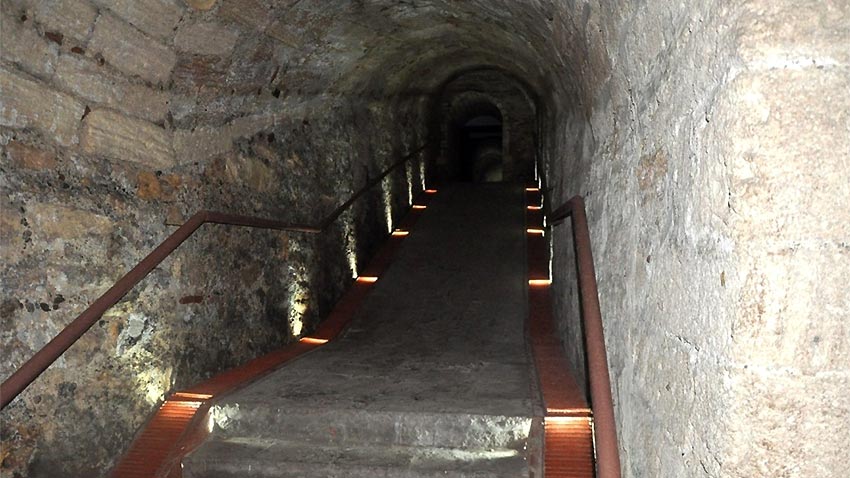
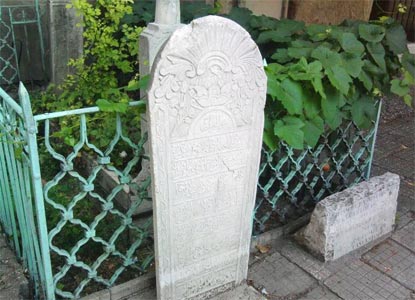 Vidin, just like any other city has its own hidden treasures which cannot be noticed by the uninitiated. People can see them when they deviate slightly from the main tourist route, Volen Antov points out. These are a well-preserved part of a fortress wall situated in close proximity to the city center, interesting monuments of the Ottoman period situated outside the premises of the ancient fortress, Osman Pazvantoğlu’s tomb, etc.
Vidin, just like any other city has its own hidden treasures which cannot be noticed by the uninitiated. People can see them when they deviate slightly from the main tourist route, Volen Antov points out. These are a well-preserved part of a fortress wall situated in close proximity to the city center, interesting monuments of the Ottoman period situated outside the premises of the ancient fortress, Osman Pazvantoğlu’s tomb, etc.
Vidin maintained ties with Central and Western Europe and this can be clearly seen in the city architecture. At the end of the 19th century and the beginning of the 20th century Vidin, along with other cities situated along the Danube, was an importer of European Architecture. Traders brought with them many ideas after their trips across Europe. Thus, an architecture resembling the Western-European one of that period emerged in Vidin, Volen Antov explains.
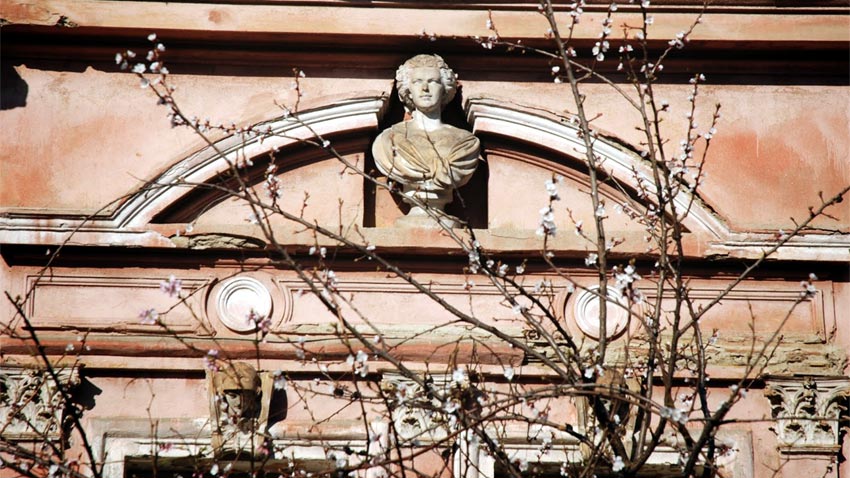
Volen himself is a young Bulgarian who was born in this city and had a very successful career in Bulgaria’s capital Sofia. However, he decided to return to his native town. People can have good future everywhere if they have strong will and pursue their goals. The easiest thing is to move to the big city. However, I am used to life in Vidin. I feel good here and don’t think I should leave my native town, Volen contends.
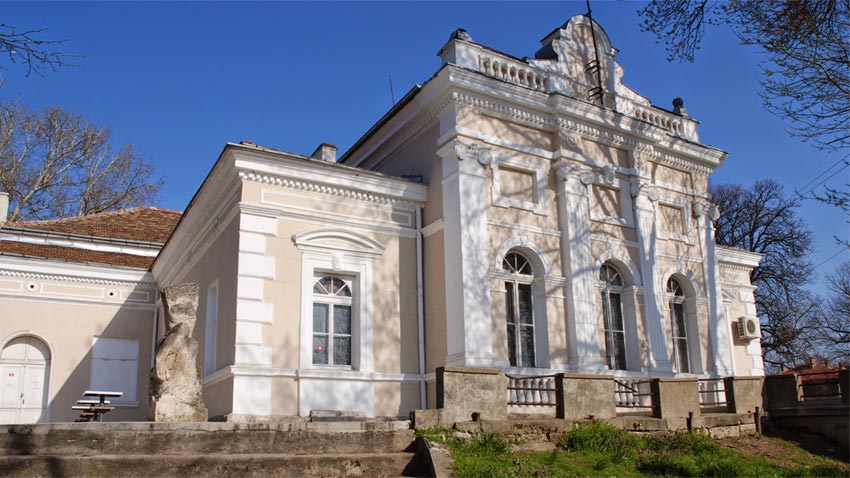
“Today, Vidin is known as the poorest region in the EU. This is true, but such attitude contributes to the notoriety of the city. Vidin keeps the spirit of many bygone eras and is a very attractive tourist destination.”
English version: Kostadin Atanasov
A little over 1,450 Leva is the sum needed per month by an individual living in a one-person household, and a total of 2,616 Leva for the monthly upkeep of a three-member household - as is the most widespread model in Bulgaria at the moment (two..
The traditional "Easter Workshop" will be held from April 23 to 26 in the Ethnographic Exposition of the Regional History Museum - Pazardzhik. Specialists from the ethnographic department of the museum will demonstrate traditional techniques and..
In response to a listener's question, in a series of publications Radio Bulgaria presents to its multilingual audience the types of documents giving the right to reside and work in Bulgaria to foreign citizens of third countries . In the..
In response to a listener's question, in a series of publications Radio Bulgaria presents to its multilingual audience the types of documents giving the..
A little over 1,450 Leva is the sum needed per month by an individual living in a one-person household, and a total of 2,616 Leva for the monthly..
The traditional "Easter Workshop" will be held from April 23 to 26 in the Ethnographic Exposition of the Regional History Museum - Pazardzhik...

+359 2 9336 661
